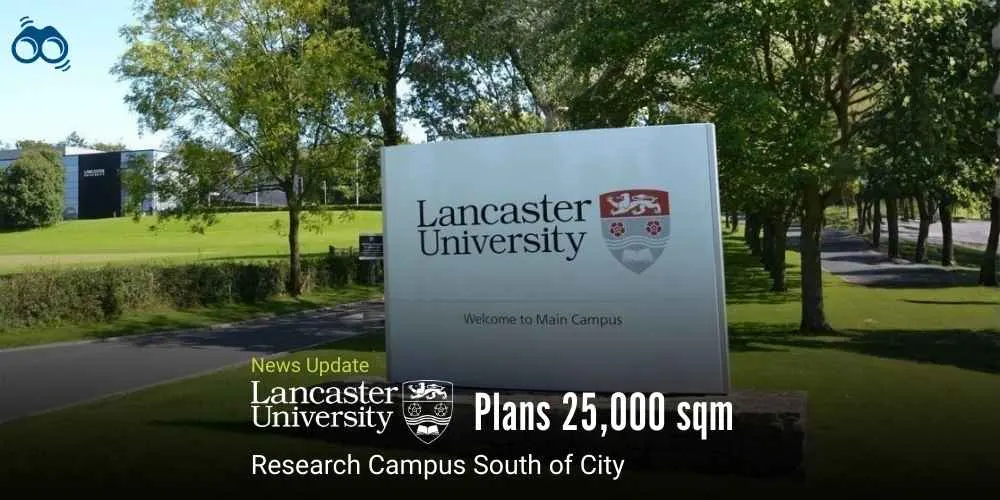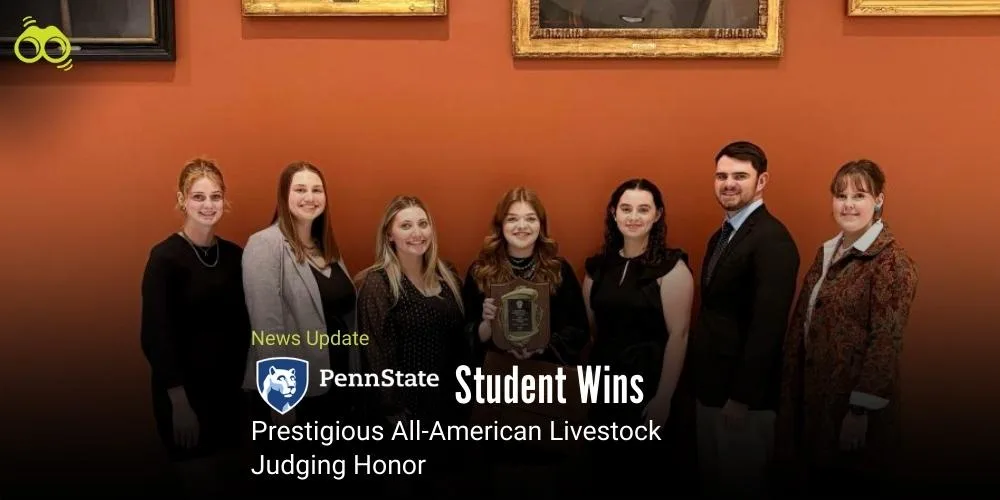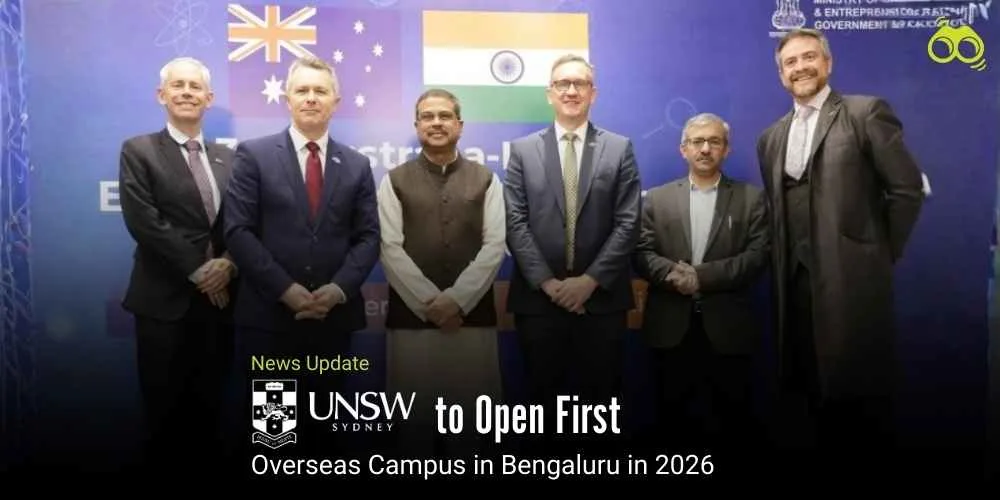New U.S. Student Visa Rules Threaten Global Academic Mobility and University Revenues
Trump Administration’s Visa Changes Spark Concern Across U.S. Higher Education
For many international students, the journey toward an American university starts not from a classroom but with an often stressful visa interview conducted at a U.S. consulate. The short meeting place can very often dictate whether years of academic preparation will yield results abroad. Abhinav Kochar faced this moment on December 7, 2023, at the U.S. Embassy in New Delhi. Kochar, a computer science student at the University of Missouri-Kansas City, considered the interview challenging, though very brief. Lasting for not more than five minutes, it had its considerable weight. His experience was common to students and, just like him, many have had to endure the uncertainties of U.S. visa proceedings, for he noted that a close friend too had faced rejection two times in a row before being granted one.
The international study route to the United States has recently stirred up trouble. Trump has set his sights further to negotiate a harder deal for the international student population, asserting that they take away university seats or jobs meant for Americans. Even if changes in U.S. visa policies are backed by security reasons, some researchers argue that international students help to subsidise domestic education.
The constraints are now beginning to be felt across the U.S. higher education system, particularly among state universities dependent on full-fee-paying international students. These institutions have long been the pride of American higher learning, but they, too, are faced with financial downturns owing to fewer enrolments from overseas. According to a Stateline report surveying Big 12 public universities, there were reversals in trends. Four universities-Arizona State University, the U of A - University of Arizona, Kansas State University, and the University of Kansas- reported declines in the number of international students. There grew, however, a small increase in two: the University of Utah and West Virginia University.
On a major front, post-study work opportunities have been a trump card for bringing international students in. The review of the Optional Practical Training program that allows foreign graduates to operate within the U.S. for a maximum of three years in STEM is now under review. A senior official in the Trump administration, speaking on the condition of anonymity, has hinted that the program's elimination would be an option, directly affecting many thousands of students who wish to obtain a measure of real work experience following graduation.
To top it up, the Department of Homeland Security has declared that it will impose a four-year limit on student visas, thus terminating the present "duration of status" policy under which students can remain in the country as long as they are making academic progress. This new arrangement would put PhD candidates, who mostly take more than four years to complete their studies, at a great disadvantage.
In addition to these pressures, the administration has put on the table a "compact" proposition for the universities - reportedly, a call to limit international students- as well as the increased scrutiny of social media profiles by the State Department on students, which has made things more complicated regarding U.S. student visa access. Education heads were concerned about these tightening measures. The deputy director of the Presidents' Alliance on Higher Education and Immigration, Zuzana Wootson, stated that these were only the first in a host of expected alterations of policy under Trump and his renewed leadership in the future.
Meanwhile, a Pew Research Centre survey showed that even though most Americans agree to the admission of foreign students in universities, most also support some kind of limitation to students from countries such as China, India, Nigeria, or South Korea. Interestingly, this survey revealed that almost half of the respondents overestimate the number of international students-they believe it is more than 10%-whereas the reality is that the figure is closer to 6%.
While student perspectives will vary, Kochar stated that he was feeling rather anxious about how much these changes would affect him. He intends to prereq his master's degree into a PhD program, but in the meantime, he has begun looking into OPT for safety just in case. Other students influenced in the same way include people such as Juan Pereira, from Paraguay, who emphasised that U.S. work experience has high currency in comparative value in his country's economy. Such aspects, therefore, make matters concerning these policies very relevant to their study plans.
The figures from developments in the past few months show a small overall decline in the number of international students in America. According to Homeland Security reports, there are 10,370 fewer foreign students than last October 2025. This was found to be a little less than 1% drop overall. This has been the case in most instances with declines in international student visa arrivals before the fall semester, of just under 19%. This should, however, be the case for some non-African countries that experienced cuts at the steepest proportion. Some experts speculated that students chose not to travel back home because they feared being unable to re-enter under new visa conditions. One such case was that of Asmita Mahara, who hails from Nepal and is pursuing a PhD at Kansas State University. She put her travel plans on hold because of the current atmosphere of uncertainty. It has disrupted both her academic and personal plans.
Although it offers explanations in favour of the ruling, this hardening of the administration's posture is obviously a total reversal of earlier rhetoric under Trump. Just before his re-election in 2024, he had preached automatic green cards for all international graduates. Now, senior officials and Republican lawmakers were instead going for curtailing programs like OPT because foreign graduates only increased competition for jobs.
Economically, researchers argue the contrary. International students benefit U.S. universities and the economy, based on studies. When state funding drops, universities tend to compensate for that fall with greater enrollments from abroad. Recent research also shows that a one-third cut in international STEM students would shrink the American workforce in this field by as much as 11%.
Educational leaders also refuted the claim that foreign students displace Americans. Blake Flanders, president of the Kansas Board of Regents, said such fears were miscast when it comes to states with universities able to accommodate more students. Overall, the changes made to U.S. visas by the Trump administration put future students at an increased barrier to entry into American universities for students coming from abroad. Those familiar with the changes would argue that the changes safeguard national security and jobs; detractors, however, would contend these changes threaten America's future academic footprint and long-held view of openness in education for a long time now.
Editor’s Note:
International education faces an alarming turn of events in the manner that U.S. visa policies are changing. It's entirely the responsibility of the government to bring in a case for national interest, but these measures actually in the present government move far beyond reasonable, safe measures. They risk undercutting the very foundations of American higher education—openness, diversity, and global engagement. These proposed restrictions of the Optional Practical Training (OPT) program and the four-year visa limitation, as well as stronger scrutiny of applicants' personal data, signal a shift towards making it distinctly unwelcoming to students. These changes have repercussions not only for those academic plans in the short term, as with Abhinav Kochar and Asmita Mahara, but are also set on raising doubts concerning the viability of U.S. universities in the longer term that rely on full-fee-paying students coming from abroad. The economic argument against such policies is very sound. International students are a huge revenue cash cow to the universities and the economy at large. They fill skill gaps, particularly in STEM fields and add global perspectives, which enrich life on campus. Curbed access does not 'protect' jobs for the locals; it compromises the talent pipeline and diminishes competitiveness.
Skoobuzz underlines that it is disconcerting to see such backtracking on earlier promises. Once they were given green cards, now they are being restricted from using their degrees. Such an inconsistency does not add to good rationale and foresight. The U.S. must not, however, compromise its priority national policies for the sake of maintaining its image as a global leader in education. Academia-open and fair-should also be part of the bargain.
FAQs
1. Why are international students concerned about U.S. visa interviews?
Visa interviews at U.S. consulates are often brief but high-pressure, determining whether years of academic preparation will lead to study opportunities abroad. Students like Abhinav Kochar, who faced a five-minute interview in New Delhi, describe the process as tense and unpredictable, with some applicants experiencing multiple rejections before approval.
2. What recent changes have been proposed to U.S. student visa policies?
The Trump administration has introduced several proposals affecting international students, including:
A four-year cap on student visas, replacing the current “duration of status” policy.
Increased scrutiny of applicants’ social media profiles.
A potential reduction or elimination of the Optional Practical Training (OPT) programme for STEM graduates.
A “compact” proposal encouraging universities to limit international student numbers.
3. How do these changes affect postgraduate students in the U.S.?
PhD candidates, who often require more than four years to complete their studies, would be particularly disadvantaged by the proposed visa cap. Many students, including those like Asmita Mahara from Nepal, have delayed travel plans due to uncertainty around re-entry and visa renewals.
4. What is the Optional Practical Training (OPT) programme?
OPT allows international graduates to work in the U.S. for up to three years in STEM fields. It has been a key incentive for students seeking real-world experience post-study. The programme is currently under review, and its potential removal could significantly impact career prospects for foreign graduates.
5. How are U.S. universities responding to declining international enrolments?
State universities, which rely heavily on full-fee-paying international students, are experiencing financial strain due to reduced enrolments. A Stateline report found that institutions such as Arizona State University, Kansas State University, and the University of Kansas reported declines, while only the University of Utah and West Virginia University saw slight increases.
6. What economic impact do international students have on U.S. higher education?
International students contribute significantly to university income and the broader economy. Research shows that a one-third reduction in international STEM students could shrink the U.S. workforce in these fields by up to 11%. They also help offset reductions in state funding by paying higher tuition fees.
7. Are international students taking away jobs or university places from Americans?
Educational leaders, including Blake Flanders of the Kansas Board of Regents, argue that such fears are unfounded. In many states, universities have the capacity to admit more students, and international enrolments do not displace domestic applicants.
8. What do Americans think about international students?
A Pew Research Centre survey found that while most Americans support admitting foreign students, many also favour restrictions on students from countries such as China, India, Nigeria, and South Korea. The survey also revealed that nearly half of the respondents overestimate the proportion of international students, believing it exceeds 10%, when the actual figure is closer to 6%.
9. How are students reacting to the proposed visa changes?
Students like Abhinav Kochar and Juan Pereira from Paraguay have expressed anxiety over how policy changes may affect their academic and career plans. Many are exploring OPT options or reconsidering travel to avoid complications with re-entry and visa renewals.
10. What is the overall trend in international student numbers in the U.S.?
According to Homeland Security data, there were 10,370 fewer international students in the U.S. in October 2025 compared to the previous year,a decline of just under 1%. Visa arrivals before the autumn semester dropped by nearly 19%, with some regions experiencing sharper reductions.














0 Comments (Please Login To Continue)